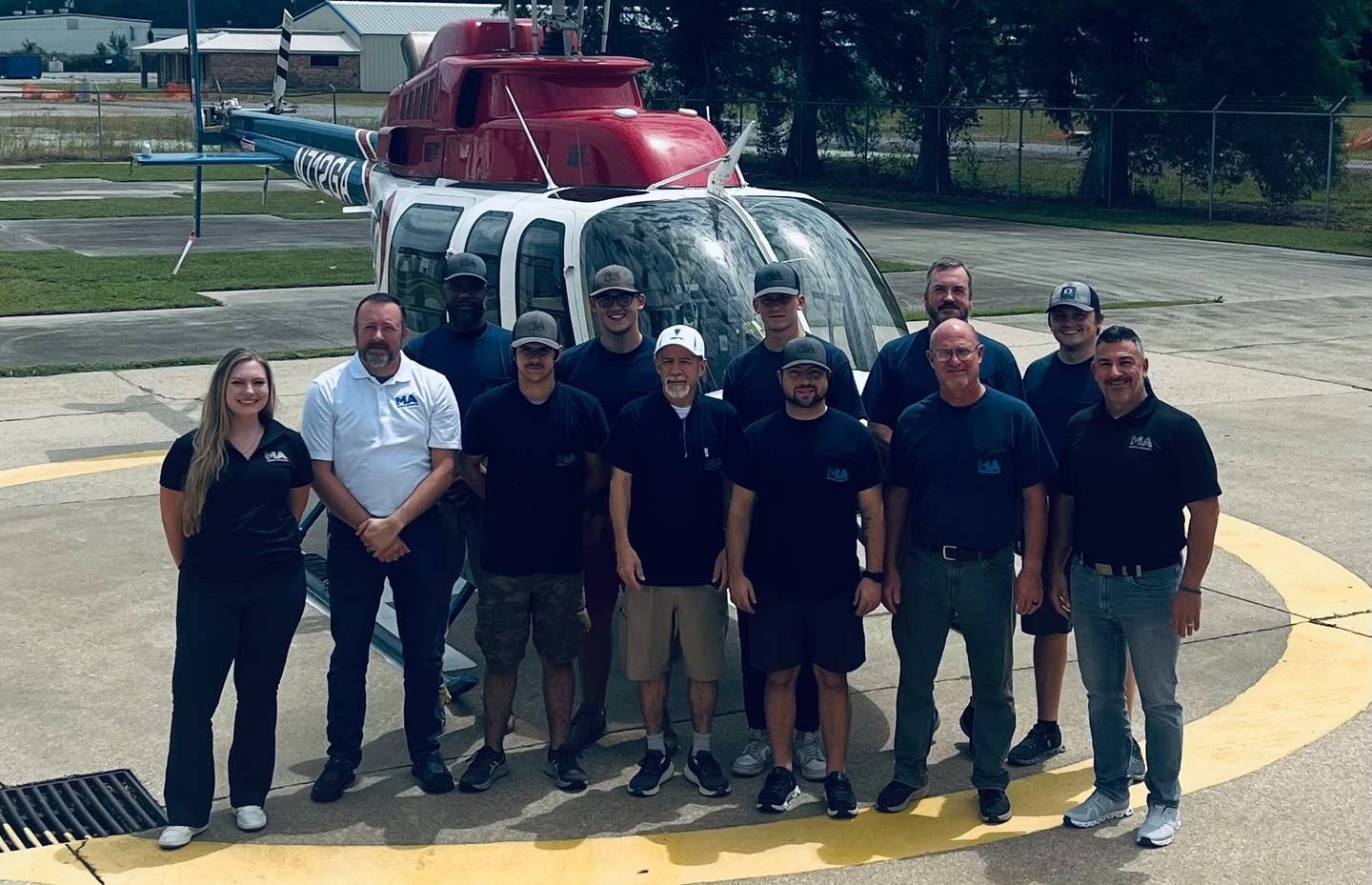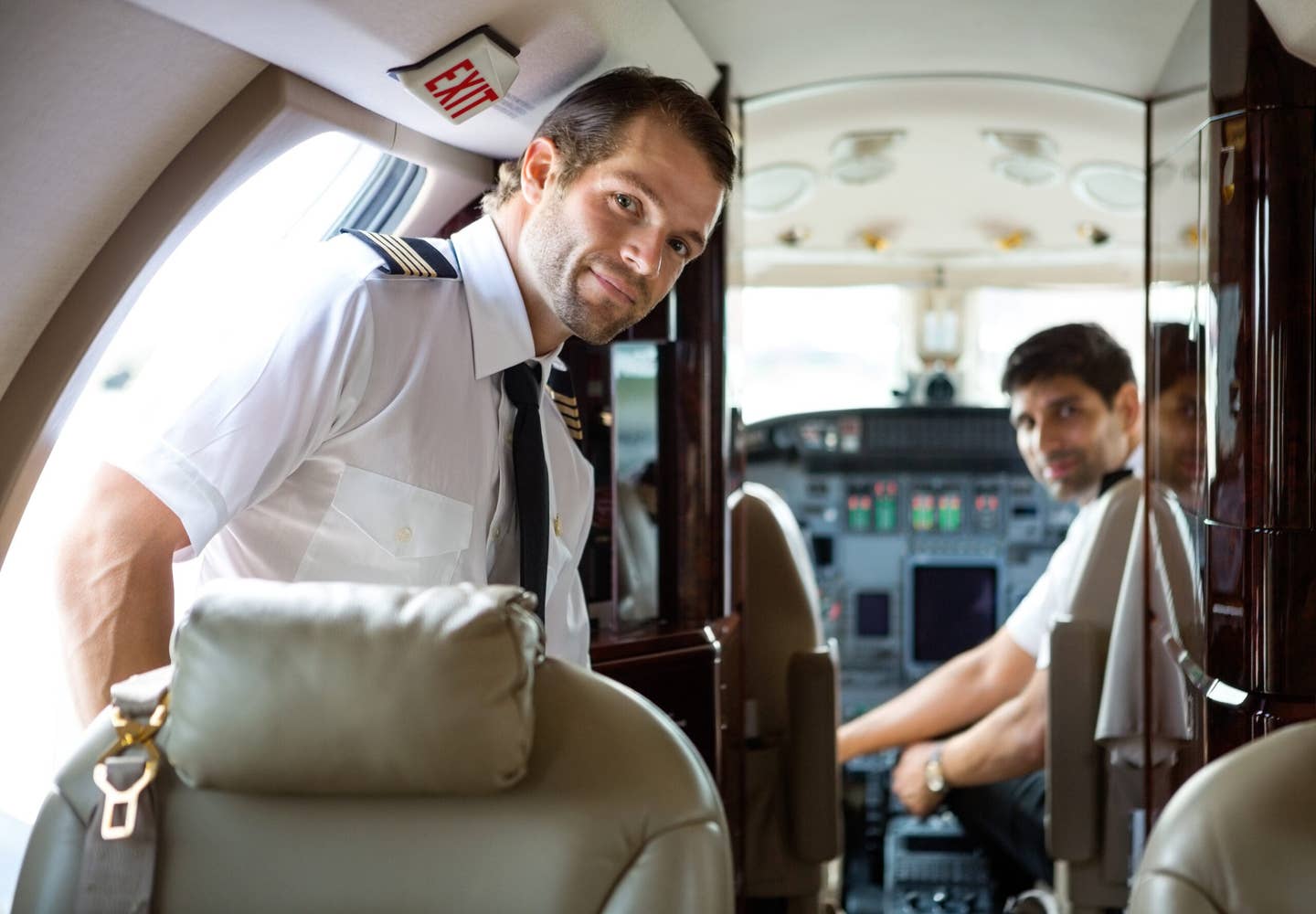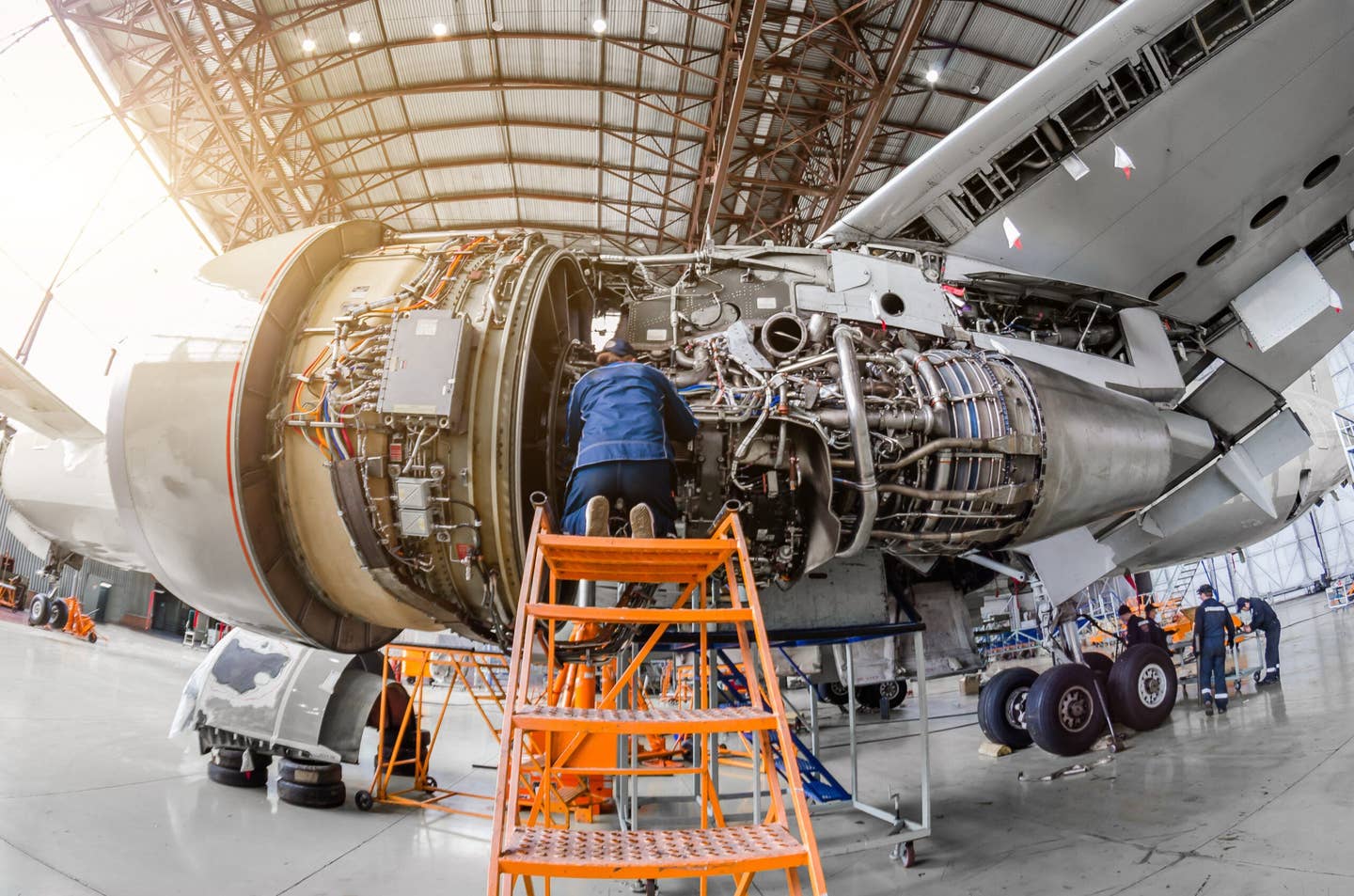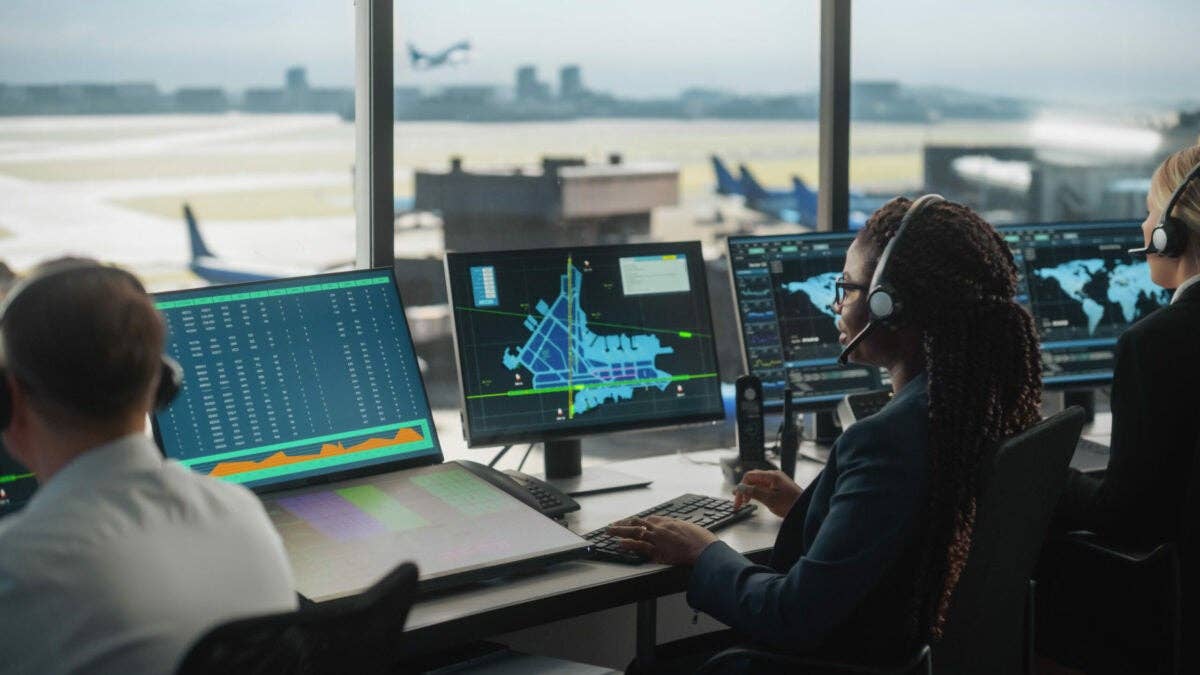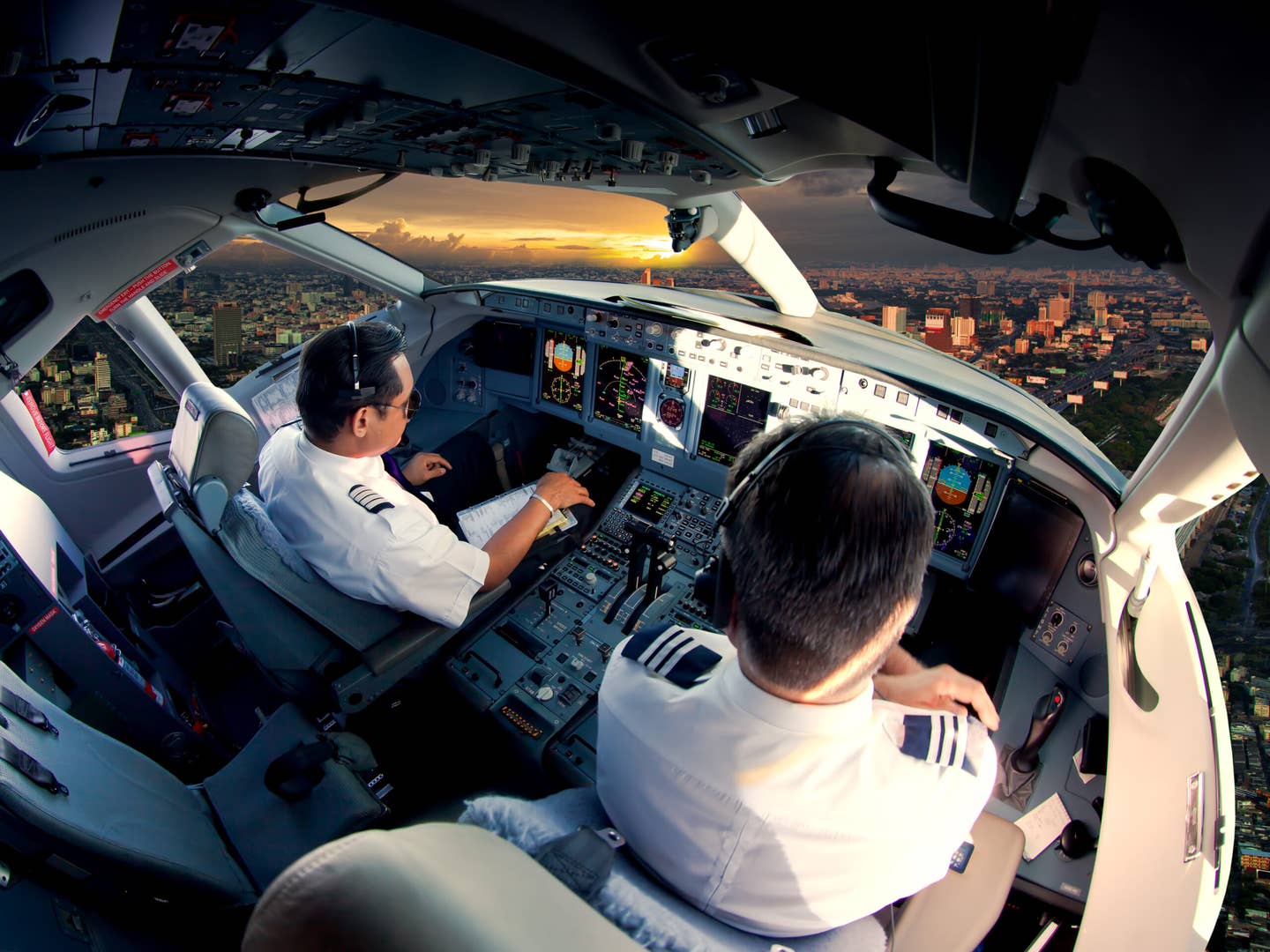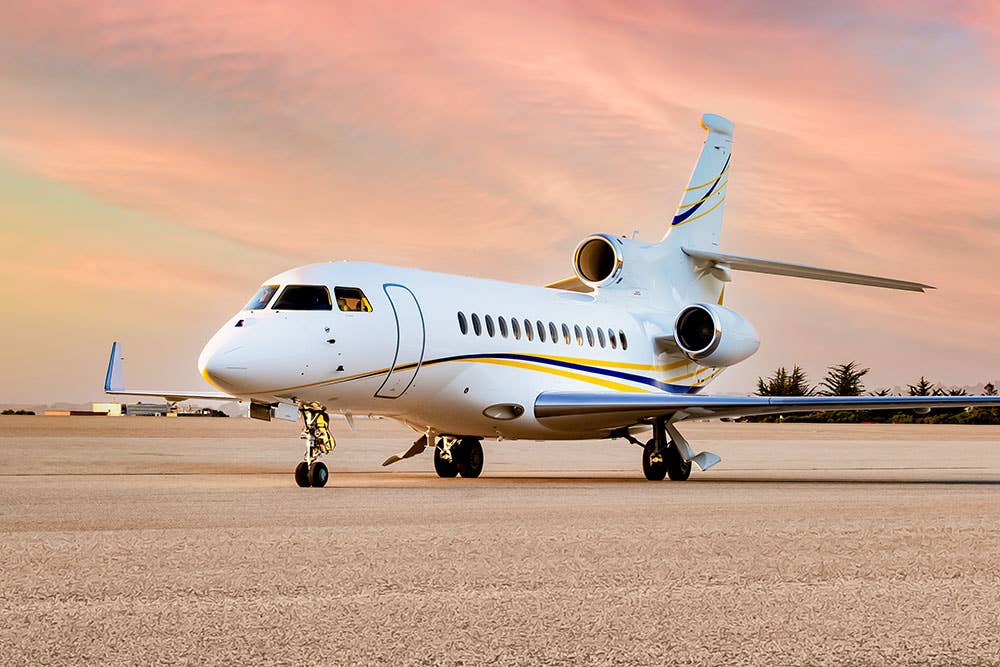
Someone always needs a new jet engine, or someone to fix their old one, and experts say that's not going to change as the industry looks for tomorrow's jet engine designers. Career opportunities are promising for these turbine engine specialists, especially as many of the developers of today's jet engines approach retirement.
Career Description: Design and develop the next generation of high- and low-bypass turbofan, and turboprop and turbojet powerplants. You will work with "one of the most challenging machines ever created by man," says Dr. Magdy Attia, Professor of aerospace engineering at Embry-Riddle Aeronautical University (ERAU) in Daytona Beach, Florida, and Director of its Gas Turbine Laboratory. "You compress ambient air 50 times, heat it to 3,000 degrees and shoot it out the back, generating tens of thousands of pounds of thrust," adds Dennis Huff, a Research Aerospace Engineer at NASA's John H. Glenn Research Center (NGRC) in Cleveland, who has spent his career in jetpower design and R&D. "There's a lot more that can be done, despite a perception that the turbine engine has reached a limit for further improvements."
Job Requirements: Jet engine design requires skills in engineering fields including aerodynamics, thermodynamics, structural analysis, heat transfer, materials, electronics, chemical, software and manufacturing. "Every one of those disciplines is pushed to the limit inside a jet engine," Attia says. Day-to-day responsibilities vary widely. At NASA, "test teams for larger facilities work multiple shifts preparing models, instrumentation and performing tests that can take days or several months. Smaller labs investigate fundamental ideas and develop new methods," Huff says. He currently works on noise reduction, having also conducted research with NASA and industry teams aimed at significantly reducing aircraft fuel burn and emissions.
Educational Foundation: Aerospace and mechanical engineers are in highest demand for jobs in turbine design and development, but the multidisciplinary needs provide opportunities for graduates of almost every engineering field "except agriculture," Attia says. Huff has a Bachelor's and Master's degree in Mechanical Engineering from the University of Akron. More than 300 bachelor and graduate programs in mechanical engineering and 65 in aerospace engineering are recognized by the Accreditation Board for Engineering and Technology. (ERAU is the only educational institution with an Aerospace Propulsion major, Attia says.)
Who's Hiring: Turbine OEMs and companies in their supply chain need propulsion engineers, as do research centers. Attia notes Boeing employs some 1,000 simply to integrate engines with the company's airframes, "and they're super busy." Huff has seen "increased hiring in this field over the past few years" driven by both current production demand and "multiple engine development programs" for derivative and new aircraft.
Salaries: Jobs are "very well paying," Attia says, with starting salaries for grads with Bachelor's degrees ranging from the high $50s to the low $60s, while a Master's with a concentration in propulsion commands salaries in the high $70s to low $80s. At NGRC, most engineers and research scientists are in the government's GS-13 to GS-15 pay grades, which range in Cleveland from $86,773 to $112,803 and $120,614 to $156,802 respectively.
Career Prospects: Expect continued growth in career opportunities. "The industry responsible for jet engines has never really experienced a slowdown," Attia says. "Somebody always needs an engine, somebody always needs an engine fixed." Moreover, a generation of propulsion engineers "is waiting to retire, and the need [for replacements] really far outweighs the supply," Huff echoes. "There will be a significant number of people retiring within NASA and the industry over the next five years. I feel that the future is bright for careers in this field."
Benefits: The work is stimulating and challenging and produces tangible advances in one of humankind's most essential technologies. Huff, who helped develop the noise-reducing serrated trailing edge of the core nozzle now incorporated on many jet engines, says, "The most satisfying thing for me is to see our research being used by industry."

Subscribe to Our Newsletter
Get the latest FLYING stories delivered directly to your inbox

